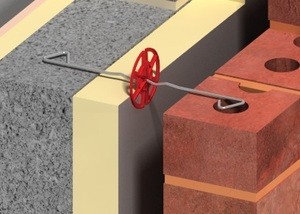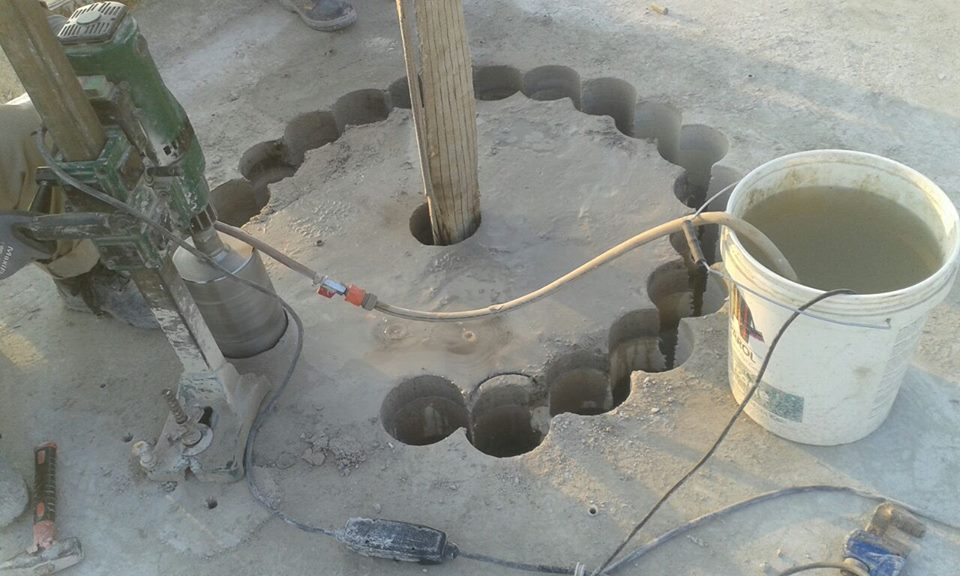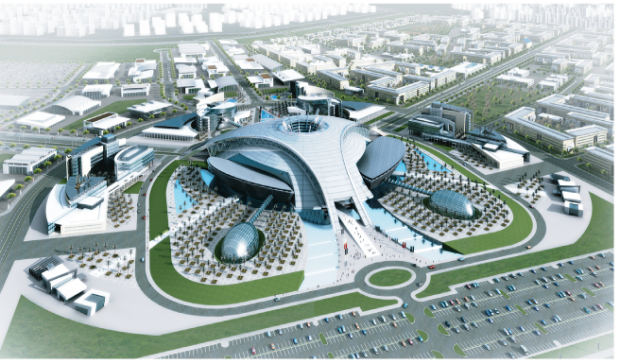- الديكور الخارجي والمناظر الطبيعية
-
تشييد المباني
- مقاولو الخرسانة
- هدم المباني
- منتجات البلوك والخرسانة
- مهندسي الانشاءات
- مقاولو الطرق
- البيوت الجاهزة
- سحب الحديد والفولاذ
- السقالات
- اختبار التربة
- المولدات الكهربائية
- بيع وتأجير واستيراد ونقل المعدات الثقيلة
- ترحيل المخلفات
- تسرّب المياه
- كبار المقاوليين
- الأبنية مسبقة الصنع
- الحاويات
- الحفريّات
- قواعد الأساس
- تصنيع الحديد والفولاذ
- نظام الصرف الصحي
- بناء المطارات
- صيانة المنازل
- تقديم المشورة
- الأنظمة السمعية والبصرية وتكنولوجيا المعلومات
- الأرضيات والجدران
- خدمات أخرى
- الأثاث
-
أبناء والترميم
- الحجر والرخام
- منتجات خشبية
- منتجات الجبس
- موردو مواد البناء
- الدهان
- المصاعد والسلالم الكهربائية
- الحمامات والمطابخ
- المقاول الأنسب
- مقاولون اختصاصيون
- الزجاج
- إكسسوارات المطابخ والحمامات
- أنظمة ومنتجات الجدران
- مقاولو كهرباء
- ميكانيكيون
- أعمال جبس
- موردو نوافذ
- مقاولون تسليم مفتاح
- موردو الأبواب
- الحديد والأدوات المعدنية
- مقاولون لمكافحة الحريق
- صيانة المباني
- تصاريح وتراخيص السلطة
- الموبيليا والنجارة
- أنظمة الأسقف
- المنيوم
- الإنارة
- الدرابزين
- موردي ومقاولي المعادن
- الايدي العاملة
- أنظمة الطاقة الشمسية المنزلية
- التصميم والديكور
- تنظيم المناسبات والمعارض
- التصنيفات
- حول
How to Write a Nursing Literature Review Like a Pro
Writing a nursing literature review is an capella flexpath assessments essential academic skill that allows students and professionals to analyze existing research, identify gaps in knowledge, and contribute to evidence-based practice. A well-structured literature review synthesizes information from credible sources, evaluates the relevance of studies, and provides a foundation for further research. Mastering the art of writing a nursing literature review requires an understanding of research methodologies, critical analysis, and proper citation techniques. By following a systematic approach, nursing students can craft high-quality literature reviews that enhance their academic work and support clinical decision-making.
A nursing literature review serves multiple purposes, including providing an overview of current research, highlighting key themes and trends, and identifying gaps that warrant further investigation. It is commonly included in research papers, capstone projects, dissertations, and evidence-based practice initiatives. The quality of a literature review depends on the depth of research, critical evaluation of sources, and the ability to present findings cohesively.
The first step in writing a nursing literature review is selecting a relevant and focused topic. The topic should align with current healthcare issues, nursing theories, or clinical practice concerns. A well-defined research question helps narrow the nurse writing services scope of the review and ensures that only pertinent studies are included. Nursing students should consider topics that address patient care, healthcare policies, nursing interventions, or emerging medical trends.
Once a topic is chosen, conducting a comprehensive literature search is crucial. Students should utilize academic databases such as PubMed, CINAHL, Medline, and Google Scholar to find peer-reviewed articles, systematic reviews, and clinical guidelines. The selection of sources should be based on credibility, relevance, and recency. Filtering articles by publication date, impact factor, and study design ensures that the review includes high-quality evidence.
Organizing sources systematically is essential for an effective literature review. Nursing students can use citation management tools such as EndNote, Mendeley, or Zotero to keep track of references. Categorizing studies based on themes, research methods, or findings helps in structuring the review logically. A literature matrix or synthesis table can be used to compare and contrast key studies, highlighting similarities, differences, and gaps in research.
Critical analysis of selected literature is nurs fpx 6422 assessment 1 a fundamental component of a nursing literature review. Students must evaluate the strengths and weaknesses of studies, assess their methodologies, and determine their applicability to the research topic. Factors such as sample size, study design, validity, and bias should be considered when appraising research findings. Engaging in critical appraisal frameworks such as the Critical Appraisal Skills Programme (CASP) can help students assess the reliability of sources.
A nursing literature review typically follows a structured format, including an introduction, body, and conclusion. The introduction should provide background information on the topic, explain the significance of the review, and present the research question. A well-written introduction sets the stage for the literature review and provides context for the reader.
The body of the literature review synthesizes research findings, organizes themes logically, and discusses key concepts. There are several ways to structure the body, including thematic, chronological, or methodological approaches. A thematic review groups studies based on common themes or patterns, while a chronological review presents research findings in order of publication to show the evolution of knowledge. A methodological review compares studies based on research designs, highlighting differences in data collection, analysis, and conclusions.
Proper citation and referencing are essential in a nursing literature review to acknowledge the contributions of other researchers and avoid plagiarism. Nursing students should adhere to academic formatting guidelines such as the American Psychological Association (APA) style. In-text citations and reference lists must be accurate, complete, and consistent with institutional requirements. Citation management tools can assist in formatting references correctly and minimizing errors.
Synthesizing information rather than nurs fpx 6424 assessment 2 summarizing individual studies is a critical skill in literature review writing. A strong literature review integrates findings from multiple sources, identifies connections between studies, and provides a coherent narrative. Paraphrasing effectively, using transition words, and drawing comparisons enhance the flow of the review and improve readability.
Discussing gaps in existing research is a crucial aspect of a nursing literature review. Identifying areas where further investigation is needed helps justify the significance of the study and guides future research directions. Gaps may include limited sample sizes, conflicting findings, lack of diversity in study populations, or absence of longitudinal data. Highlighting these gaps demonstrates a deep understanding of the field and contributes to advancing nursing knowledge.
The conclusion of the literature review summarizes key findings, reiterates the research question, and emphasizes the implications of the review. A well-crafted conclusion ties together the themes discussed in the body and suggests practical applications for nursing practice. It may also outline recommendations for future research based on identified gaps and limitations.
Editing and proofreading are essential steps in refining a nursing literature review. Students should review their work for clarity, coherence, and grammatical accuracy. Peer feedback and faculty input can provide valuable insights for improving the review. Utilizing proofreading tools and seeking professional editing services can enhance the quality of the final document.
Writing a high-quality nursing literature review requires effective time management. Breaking the process into manageable stages, setting deadlines for each step, and maintaining a research journal can help students stay organized. Procrastination can lead to rushed writing and overlooked details, so planning ahead is essential for producing a comprehensive and well-researched review.
Avoiding plagiarism in a nursing literature review is crucial for maintaining academic integrity. Proper paraphrasing, citation, and originality nurs fpx 6426 assessment 3 are key components of ethical writing. Plagiarism detection software such as Turnitin or Grammarly can help students check for unintentional similarities with existing work and make necessary revisions.
Nursing students who struggle with writing a literature review can benefit from expert writing assistance. Professional writing services offer guidance on research, structure, synthesis, and citation to ensure that students produce high-quality literature reviews. Expert writers can help students refine their analysis, improve their writing style, and enhance the overall coherence of their review.
Technology has revolutionized the way nursing literature reviews are conducted. Digital libraries, artificial intelligence-based research tools, and online collaboration platforms make it easier for students to access and organize academic sources. Staying updated with technological advancements in research and writing can improve efficiency and accuracy in literature review writing.
The ability to write a well-structured literature review enhances nursing students’ academic performance and professional development. Strong literature review skills prepare students for evidence-based practice, research projects, and scholarly publications. Mastering literature review writing empowers nursing professionals to contribute to healthcare knowledge, improve patient outcomes, and advance their careers.
In conclusion, writing a nursing literature review like a pro requires careful topic selection, thorough research, critical analysis, structured organization, and proper citation. Following a systematic approach ensures that the literature review is comprehensive, well-supported, and impactful. By developing strong literature review skills, nursing students can excel in their academic work and contribute valuable insights to the field of nursing. Seeking expert writing assistance, utilizing research tools, and practicing effective time management further enhance the quality of nursing literature reviews, ensuring academic success and professional growth.
- مقاولو الخرسانة
- هدم المباني
- منتجات البلوك والخرسانة
- مهندسي الانشاءات
- مقاولو الطرق
- البيوت الجاهزة
- سحب الحديد والفولاذ
- السقالات
- اختبار التربة
- المولدات الكهربائية
- بيع وتأجير واستيراد ونقل المعدات الثقيلة
- ترحيل المخلفات
- تسرّب المياه
- كبار المقاوليين
- الأبنية مسبقة الصنع
- الحاويات
- الحفريّات
- قواعد الأساس
- تصنيع الحديد والفولاذ
- نظام الصرف الصحي
- بناء المطارات


